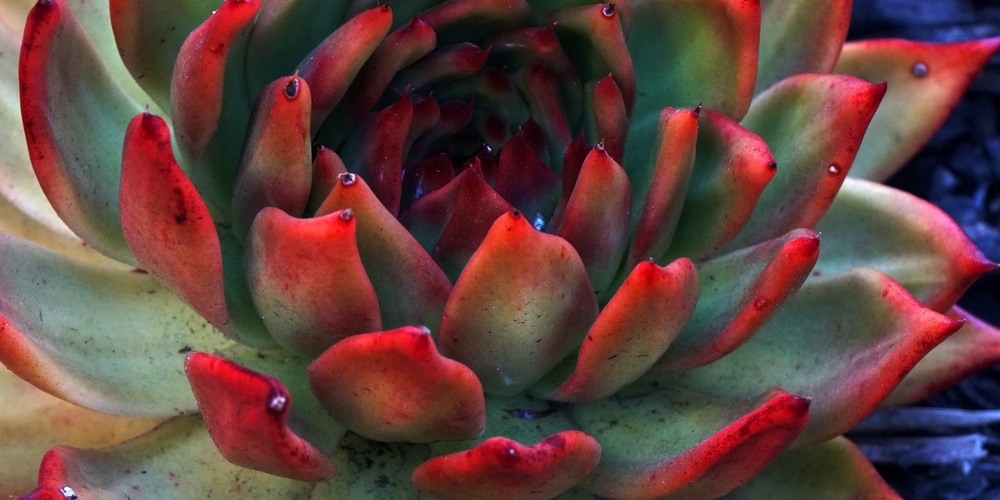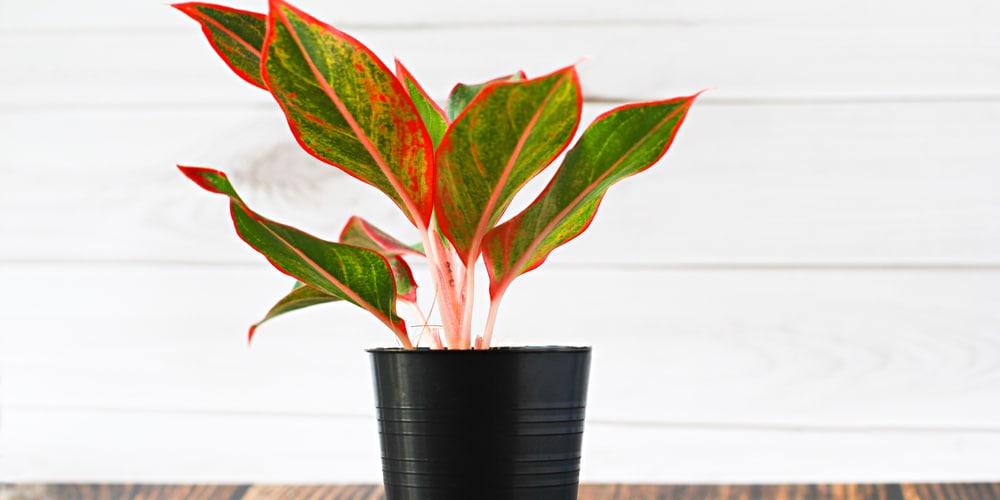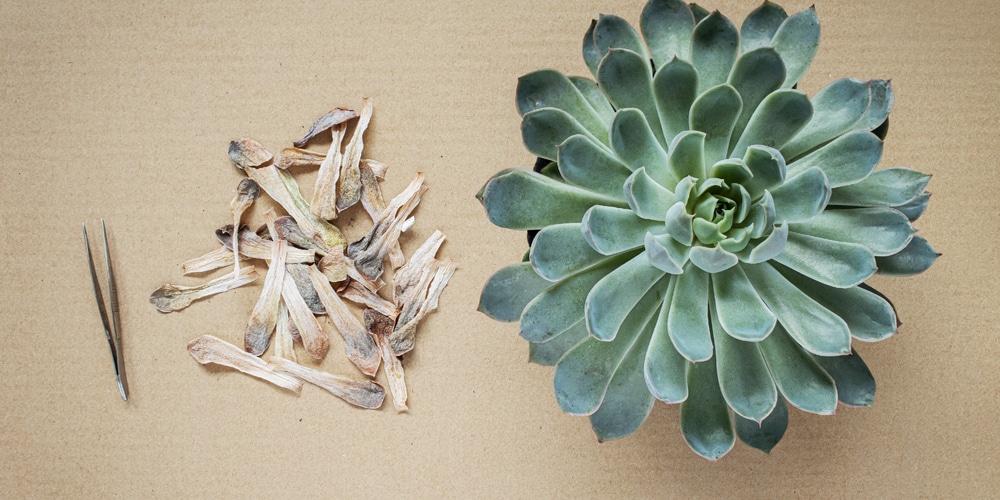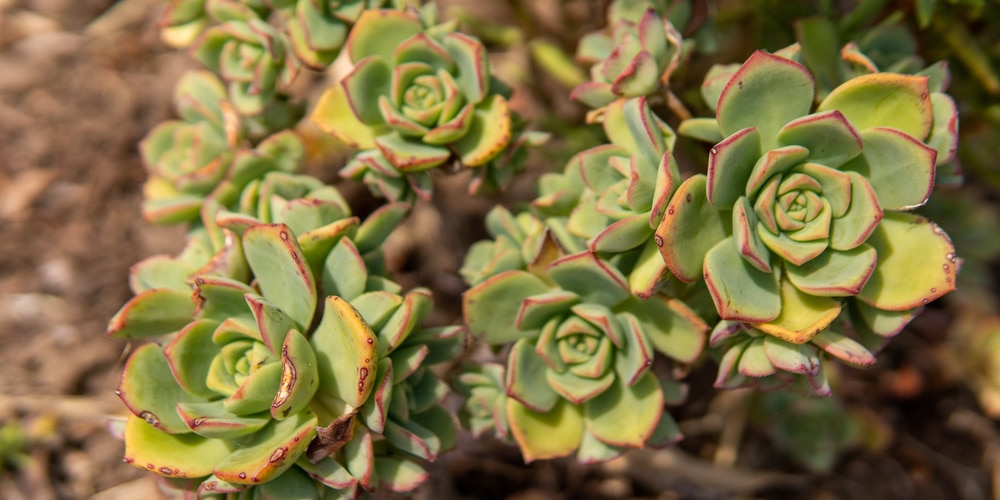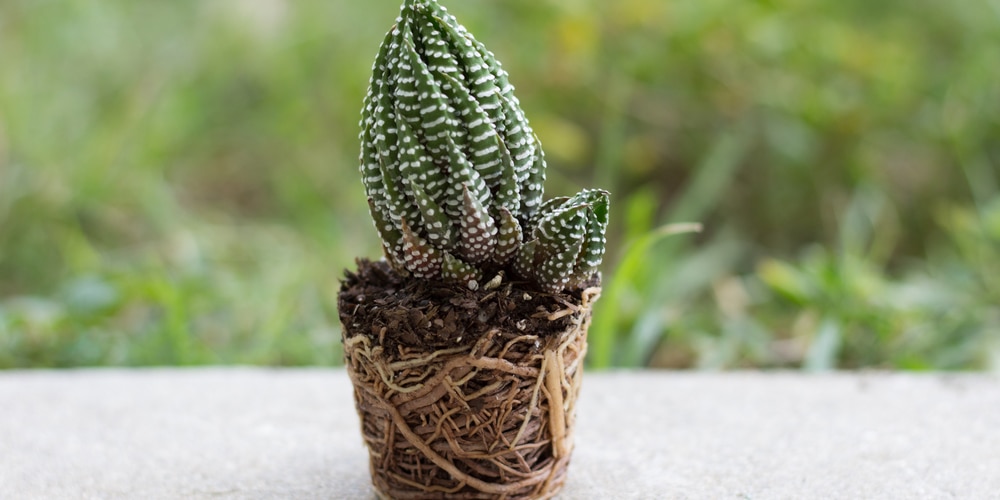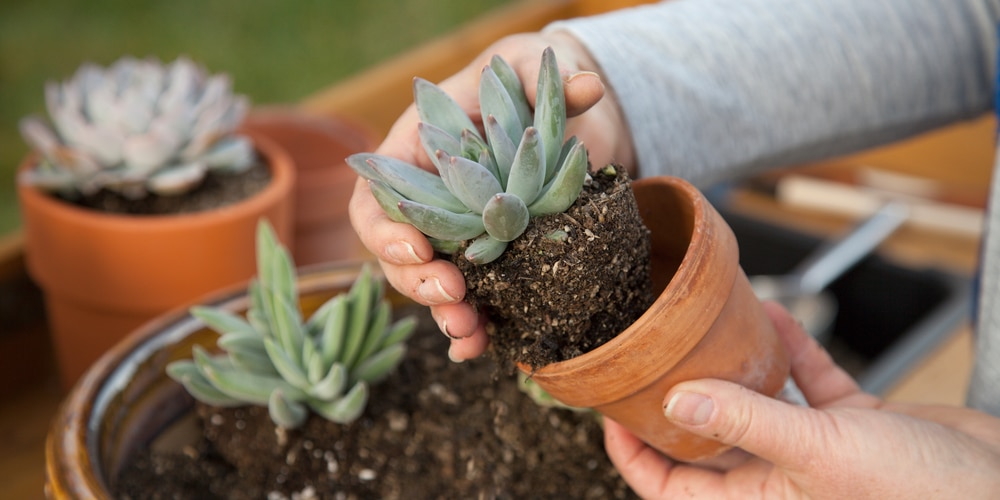First-time succulent owners might panic at the sight of their precious plants turning a bright and angry shade of red. You might even go on the internet to search ‘why is my succulent turning red?’ in order to understand better.
Before slogging through the details though, you should know that red leaves on succulents is often a normal plant reaction and that your little one is probably fine. Them turning red is telling you that they’re stressed, but it’s both a good and a sort of bad kind of stress.
Why Do Succulents Turn Red?
A succulent’s leaves or stem turning red is a reaction to the conditions they’re exposed to.
There are several factors on why succulents turn red- being underfed, underwatered, strong sun exposure and sitting on poor soil are just some of the things that cause the fiery reaction.
This just tells you that they’re under stress and is considered a response to the change.
A good example is when a succulent who’s used to indoor settings suddenly find themselves thrusted outside and under strong and direct sunlight. Their first reaction would be to develop red tinges on their leaves. Others might turn purple, orange, blue or even black depending on the species.
This is a built-in self defense mechanism that tells you they’re responding to environmental changes, including extreme temperature (cold and hot) and sunlight intensity, among others.
5 Reasons Why Succulents Turn Red (and How to Fix It)
1. They Get Too Much Direct Sunlight
Perhaps the most common reason why succulents go from green to red is that they suddenly get an uptick in terms of direct sunlight.
Again, this isn’t necessarily bad as long as the plant’s overall condition is good. By nature, a succulent thrives when they’re beside rocks and in a cactus’ shadow, so when they get hit with bright light too fast too soon they exhibit stress in the form of red leaves.
This becomes more so if you’ve been keeping your succulent indoors and in the shade, or when you buy it from a nursery. A succulent will generally want 6 hours or more of sunlight daily, but even that needs to be gradual.
2. They Don’t Get Enough Water
At the opposite end of the spectrum reddening of leaves could be caused by too little water, but this condition is usually accompanied by other signs, such as wrinkled or limp leaves, among others.
While it’s true that succulents by nature require very little watering from their owners, they do need them at least once a month and more so if it’s growing season.
It’s easy to see if your plants are turning red due to under-watering. Check the soil- if it’s bone dry and you can’t remember the last time you watered, then your succulent may need a drink. Droopy, thin, and wrinkled leaves are a surefire sign that they need nourishment ASAP.
The red leaves may gradually turn normal green once you have the watering routine down pat.
3. Extreme Temperatures
A succulent’s usual temperature range is somewhere between 60 to 80 degrees F. There are some species that like lower temperature ranges, like 40F and below while others prefer a higher range, such as 90F and above.
As you may have guessed, succulents tend to change foliage colors when they’re not in their temperate element. For instance, plants that come from alpine climates will exhibit stress when they’re exposed to high temperatures, and those that come from arid regions do the same when the temperature drops.
Constant exposure to extreme temperatures can have a toll on your succulents and make them weaker. Bottom line is that you shouldn’t leave your plants outside when it’s too hot (during summers) and too cold (during winters).
4. Their Roots Need More Space
Is your succulent still on the same pot for several years and looks like it has outgrown the container? Chances are that it’s stressed because it’s root-bound.
Root bound is a condition where the succulent’s roots have invaded all the available space in its container. They clump together and are dense- you’ll be able to pull out the whole plant from its pot and the roots will have assumed the pot’s shape.
The condition is easily remedied by putting your succulent in a bigger pot. Don’t expose to direct sunlight within a few days so it can settle down in its new home.
5. They Don’t Like Their Soil
Succulents as desert plants aren’t too fussy with their soil requirements. Their medium of choice is mostly sand, but if you put them in clay or similar heavy soil then they’ll become stressed and exhibit a color change.
Compact and slow growth are two of the most common signs that you need to change your succulent’s medium. In the same vein, you’ll also need to consider your plant’s nutrient requirements. Fertilize as needed and you’ll be able to see it grow and thrive.
Is Succulent Turning Red a Bad Thing?
The general answer is no, succulents turning red doesn’t mean the end of the world (or theirs). You should be more concerned if your blueberry bush gets red leaves.
Sometimes stress is good for succulents so you know they respond to their environment and are healthy plants. Furthermore, your succulent leaves turning red is a visual treat since it’s a rare color. You’ll find it complements their natural hues and brings out a striking contrast in the process.
However, in cases where the leaves and stems are turning red and that there’s damage in the form of black spots, weakness and the presence of pests then that means something else entirely. You’ll need to determine the underlying cause and remedy it so the succulent returns to normal.
So don’t worry too much when your succulents turn red. It could be a sudden change in the environment and is easily corrected. Is the plant suddenly getting too much sun? Move it to a shadier place. During summers make it a point to water more often. Don’t forget their nutrient requirements too, and keep them indoors during winter and extreme heatwaves.
